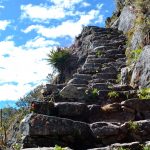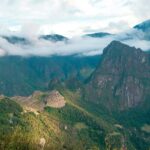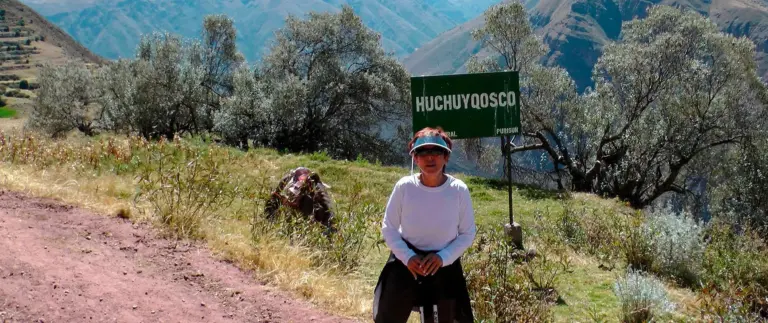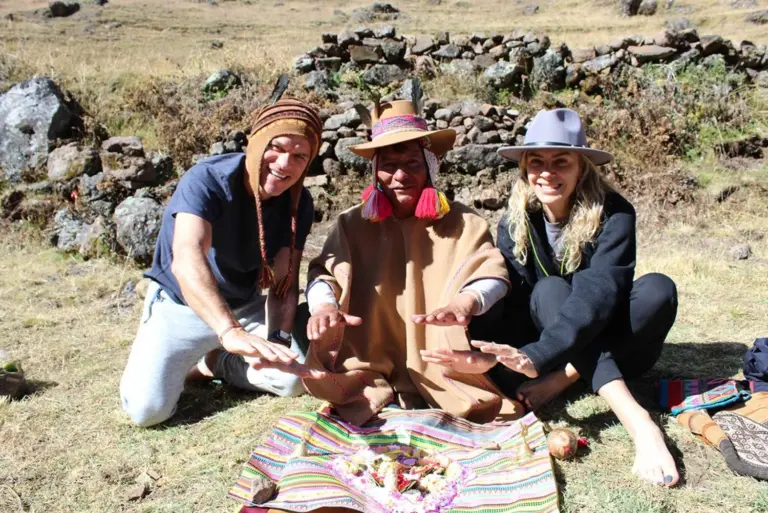To talk about the Rainbow Mountain geology, we will have to go back at least 24 million years. Tectonic plate moves created ravines between diverse layers of minerals and sediment-rich rock, showing geological wealth. The famous minerals are sandstones, halites, gravel, and limestones that range from ocher, green, mustard yellow, and white among others. Minerals stacked, forming layers of varying colors and types, collected with others.
Rainbow Mountain – Peru, or Vinicunca, boasts unique colors amidst amazing cliffs, snow-capped peaks, Andean villages, and amazing views. Before knowing its geology, let’s study mountain formation.
Geological Formation of the Rainbow Mountain
Mountains form through changes in the Earth’s crust and tectonic plate moves, affected by factors such as atmosphere, climate, and outer forces. Have you ever wondered why the mountains are conical? The conical shape of the mountains is because ice is usually formed at the top of the mountain.
Climate change leads to thawing, beginning mountain runoff, and the construction of rivulets. These flow downhill, merging into rivers or lagoons, ultimately reaching the ocean. This erosion process shapes mountains into their iconic cone-like structures.
Mountains are nature’s masterpieces. From their summits, we can enjoy and enjoy the surrounding beauty.
Now, let’s delve into Rainbow Mountain Peru’s geology and find the reasons behind its unique and vibrant colors.
Coloring of the Rainbow Mountain
This detail is according to the study of the Landscape Officer of the Decentralization of Culture Directorate of Cusco.
Information was revealed in this way the colors of the mountains are due to the mineralogical composition that has: the pink color is for red clay, fangolitas (mud), and arilitas (sand). The whitish, for the quartzose sandstones and marls, are rich in calcium carbonate.
The red is formed of clay (iron) and clays parts to the upper tertiary. Green is formed of phyllites and clays rich in magnesium Ferro. The earthy brown is a product of a fanglomerate composed of rock with magnesium part to the Quaternary era. And the mustard yellow color for the calcareous sandstones rich in sulfurous minerals.





